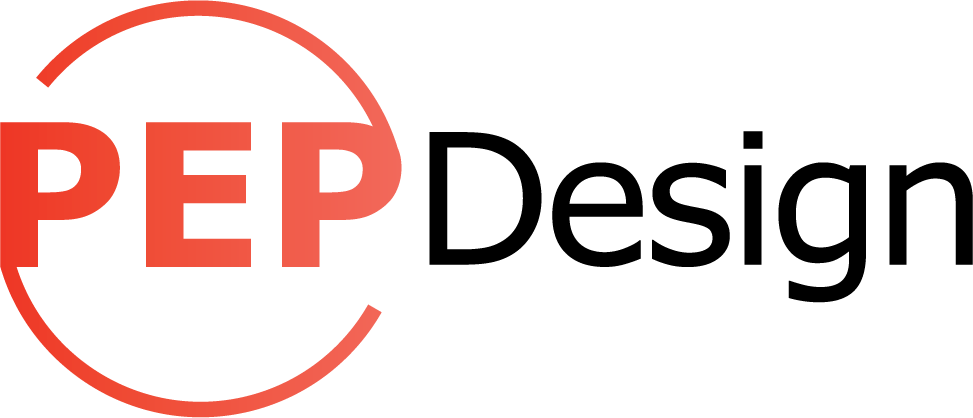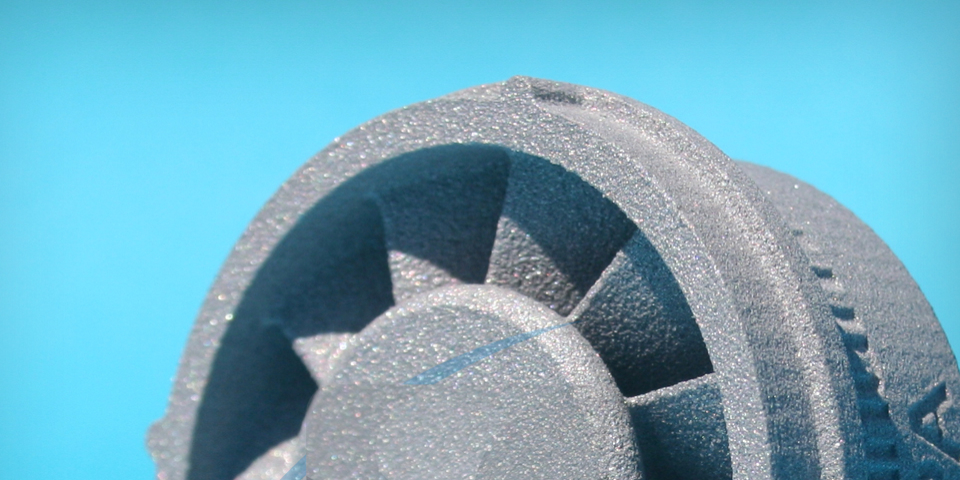Next up in our series on 3D-printing technology for rapid prototyping is Selective Laser Sintering (SLS).
SLS is an additive manufacturing (3D printing) technology that uses a high-power laser to fuse small particles of plastic powder together, printing parts in 3D one layer at a time. For each layer, the laser traces the cross section of a part onto the surface of a bed filled with powdered plastic. Once the powder is touched by the laser beam, it fuses the powder together and to the layer below it. When one layer is finished, the platform the prototype is being built on lowers a small amount so that another layer can be fused on top. A bar skims over the top of the part to place a new thin layer of powder for the next build layer. This process is repeated again and again until the entire part is fabricated.
ADVANTAGES
There are several advantages of SLS over other rapid prototyping methods. One is that no support structure needs to be built alongside the actual model because the powder acts as the support during the build cycle. This makes for easy cleanup and post-processing of the prototype. There is also no final curing required, so the end-to-end process is faster than some other rapid prototyping methods.
The variety of materials that can be used in this process offers another advantage. Nylon is the most common material, but you can also use filled nylon (glass or carbon) or a very high strength polymer such as PEEK. With these materials you can get parts that have functioning snap locks and are impact resistant. This will help to prove out the prototype and be useful in checking fit and feel for the final product.
DISADVANTAGES
As with most methods, there are disadvantages to SLS as well. The biggest one is that the parts are porous. This gives them a slightly rough surface, and they will not be as strong as a molded part. Parts can be improved with a coating that will smooth the surface and strengthen the overall part.
Another disadvantage is that SLS isn’t the most accurate rapid prototyping method. With all the variables that go along with fusing the solid powder together, there may be some extra material that gets fused to the part, throwing off dimensional accuracy.
CONSIDERATIONS
SLS might be the option for you if you have a part with flexible components like snap locks or a very large part. At times, SLS parts even undergo a secondary machining process. Due to the economics and material choices such as polystyrene, SLS parts can be used as blanks for prototype investment casting operations.
Let Pongratz Engineering steer you in the right direction as far as what rapid prototyping method is best for your part or project. We are routinely called upon to recommend and select methods for our customers. Contact us at www.pongratz-engineering.com
NEXT UP: Stereolithography (SLA)
Related Posts:


